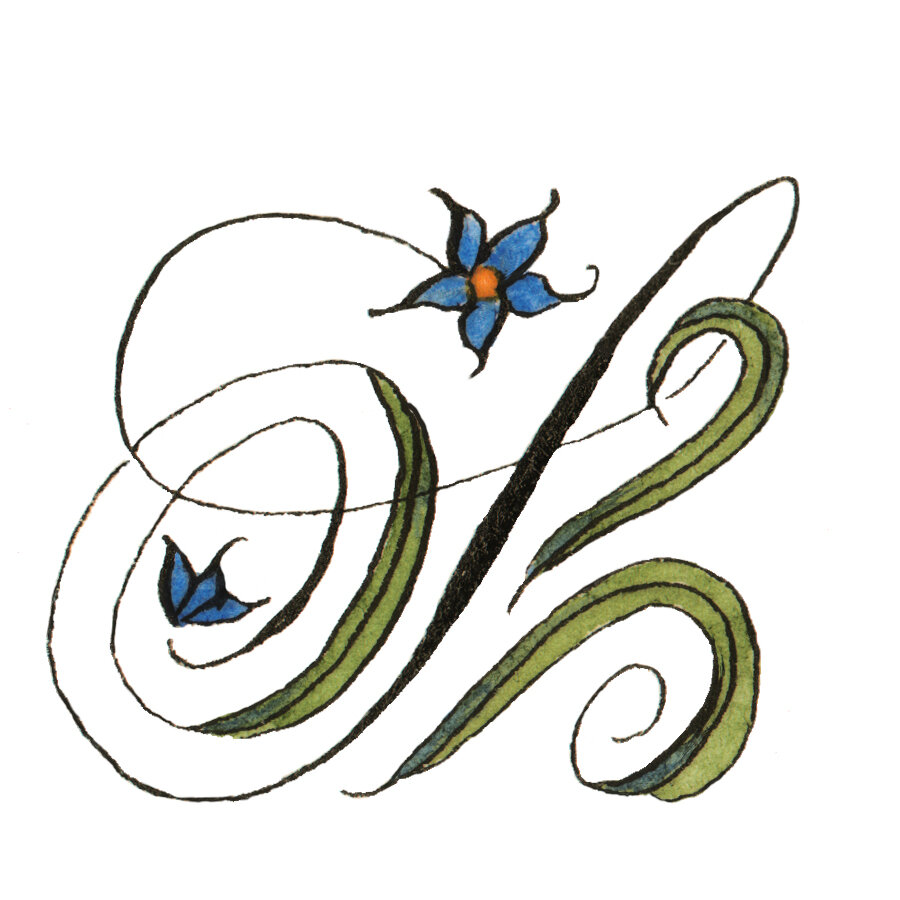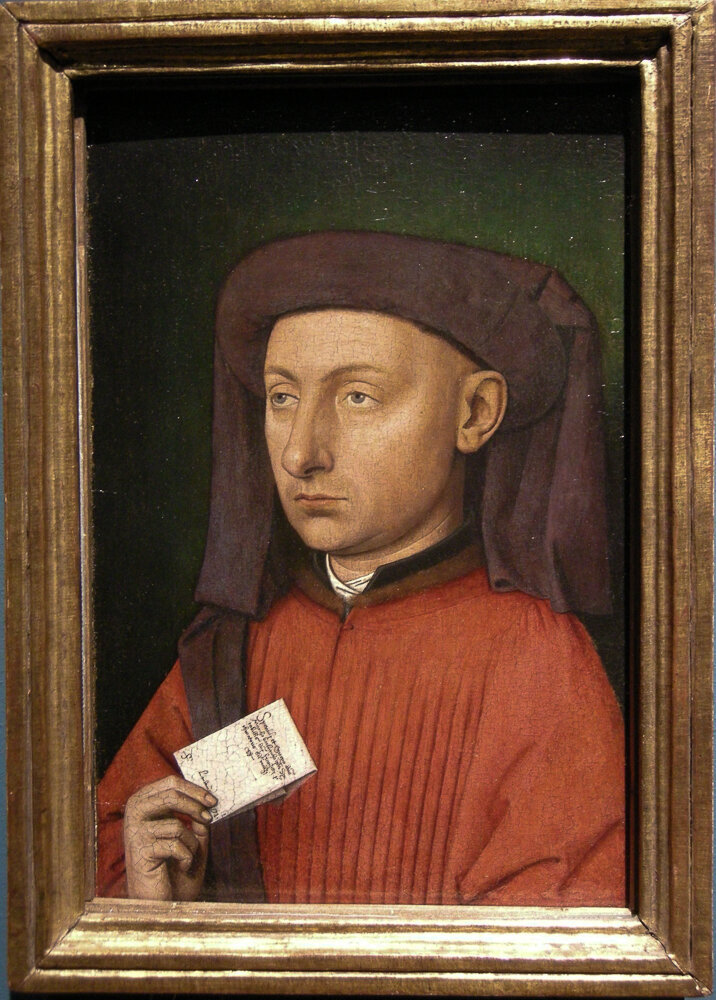Renaissance Letter-sealing
Did you know there was a time when envelopes were the height of extravagance? When only the most critical or clandestine messages were sent "under cover"? Envelopes didn't become common until the 1800s, and before then, owing to most people's raging desire to read other people's messages, there were some very creative approaches to letter security.
Scrolls could be rolled up and sealed with imprinted wax (the more seals the better!) but folded messages required some finesse. It was in the Renaissance that letters became more and more common for business and personal messages. Across Europe, there were a few standard ways to fold and seal letters, and a few variations.
Marco Barbarigo and his painter, Jan van Eyck, knew in the mid-1400s that Serious People Got Letters.
When Serious People wrote letters, they didn’t want other people to read them, so they carefully slit the folded letters, put slivers of paper through to lock them, and sealed it all with sealing wax. The sealing tricks used in Italy were used in England and the Netherlands as well, no doubt because ambassadors and other Serious People spent long periods in other countries, and while England was a little on the cultural fringes at the time, Italy was the acknowledged center of culture.
Spies sent letters, too! They knew that some particularly malicious members of society could open sealed letters, reseal them, and pretend nothing had happened. So they came up with additional traps and safeguards that would surprise anyone foolish enough to tamper with their correspondence. It wasn’t like encryption, because one could perfectly well open the letter and read it, but one wouldn’t be able to hide the fact that the deed had been done.
As a calligrapher, I simply could not resist the idea of producing letters like this myself. Letters in general deserve a revival, and cotton paper with no envelope makes these very sustainable. But, how much more fun would it be in person? So I will be offering my services at the Workhouse Community Market in Lorton, VA four Saturdays this fall and also attending some medieval and Renaissance events. I’ve found laid cotton paper that is very much like the paper used in the Renaissance (and in early America—more on that in my next post!). I’ll use iron gall ink and a quill pen for cursive Italic script, and I’m now awaiting a beautiful selection of sealing wax in red, black, and gold. I’m really eager to bring back the long-lost profession of letter-writing (more on that in the future!).


